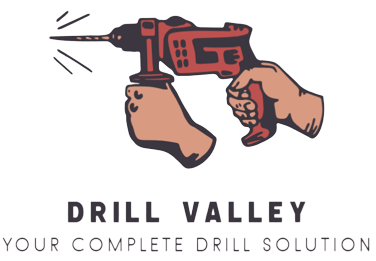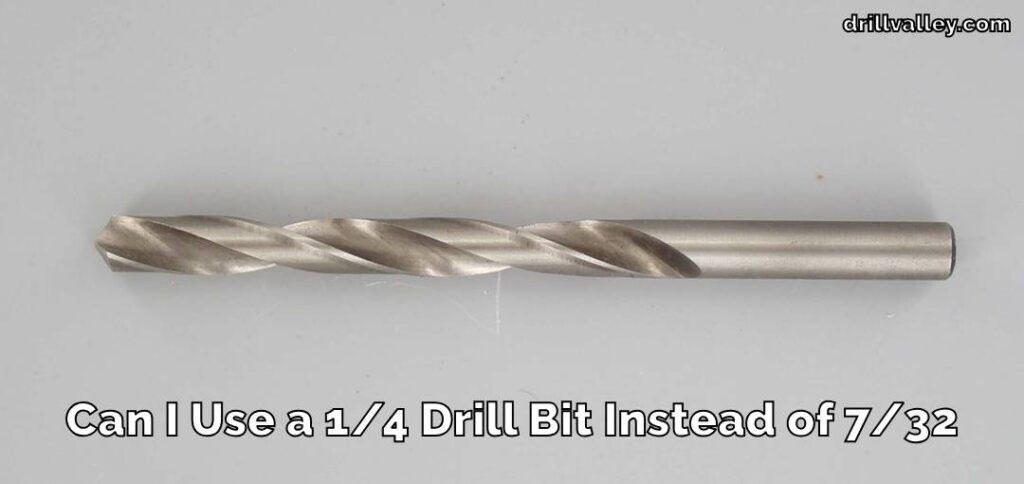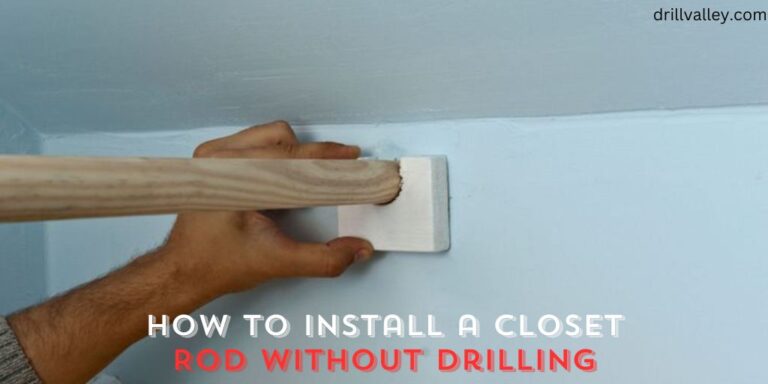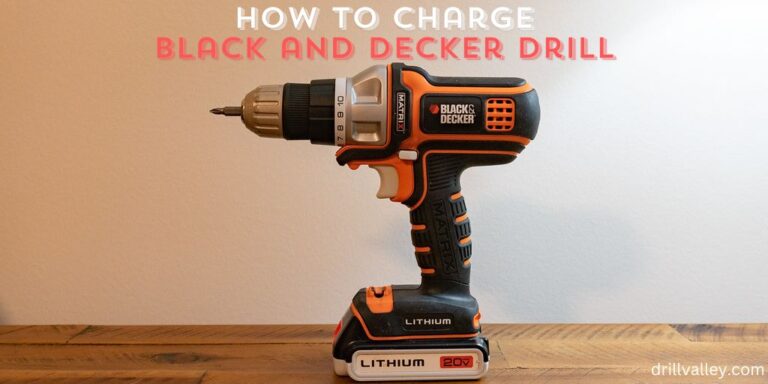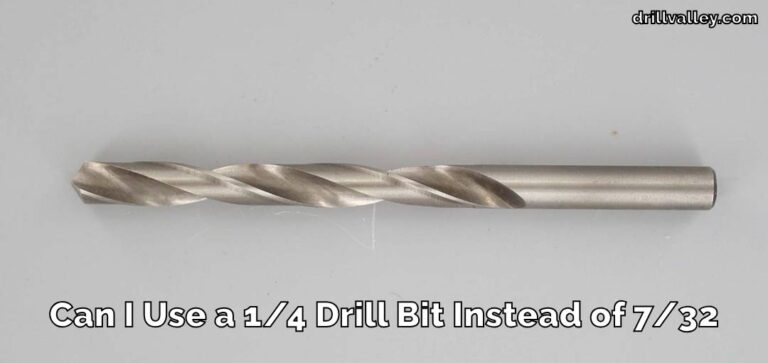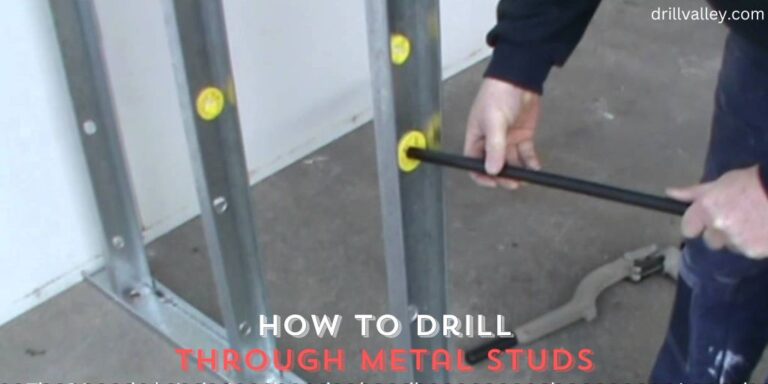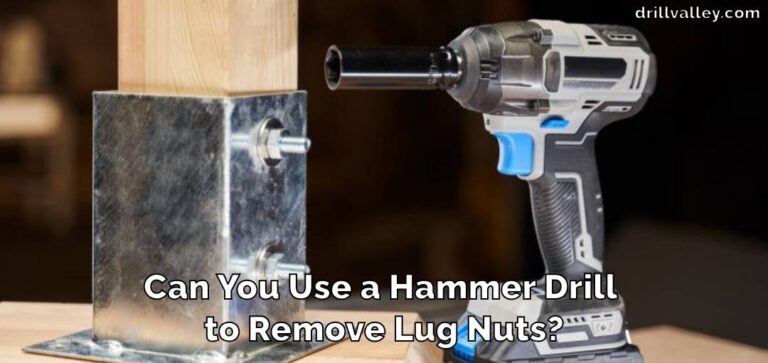How Does the Seed Drill Work
The seed drill has transformed farming, making a significant impact on how seeds are planted. Before its invention, seeding was a manual and imprecise task. In this article, we will learn about “How does the seed drill work”
Farmers scattered seeds by hand, which was not only time-consuming but often resulted in seeds not being planted at the optimal depth or spacing. This led to irregular growth and less productive harvests.
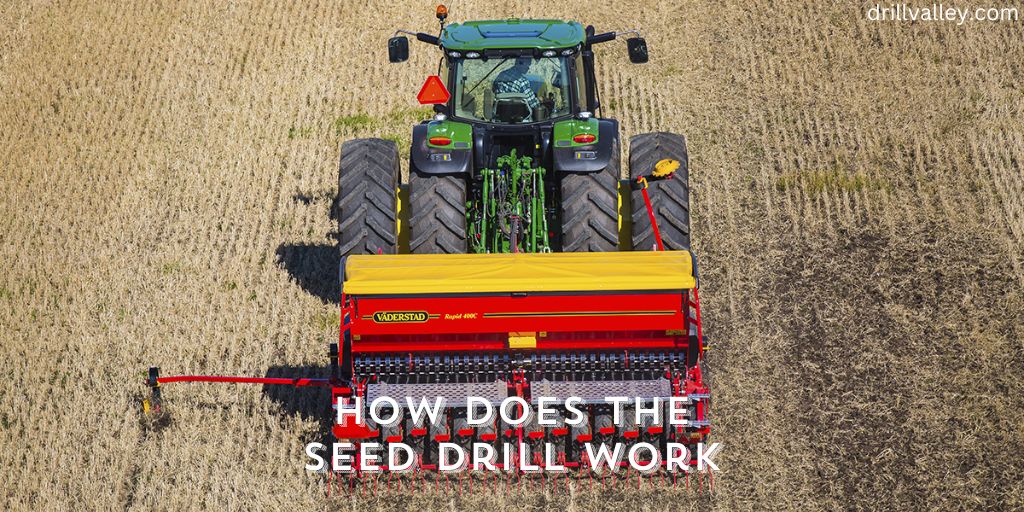
The seed drill brought precision and efficiency to this process. This innovative tool drills small holes in the soil at the perfect depth, places seeds at consistent intervals, and then covers them with soil. This method ensures that each seed is given its own space to grow, with adequate soil contact, and at the ideal depth for development.
By enabling precise planting, the seed drill has made the seeding process faster, more accurate, and more efficient. For farmers, this means saving time and labor, leading to healthier plants and significantly increased crop yields.
As a result, the seed drill is hailed as a crucial advancement in modern farming practices, underscoring its importance in achieving more successful and sustainable agriculture.
What is a Seed Drill
The seed drill brings precision and consistency to the essential task of planting seeds in the agricultural field. Before this tool became widely used, farmers scattered seeds by hand, a method that wasn’t always accurate or efficient, known as broadcasting.
This old way often resulted in seeds being spread too thinly or densely, leading to less-than-optimal crop yields. The seed drill, however, provides a method that ensures seeds are distributed evenly in the soil, covered at the correct depth, and spaced adequately to allow for optimal growth, thereby increasing the potential for better, more abundant crops.
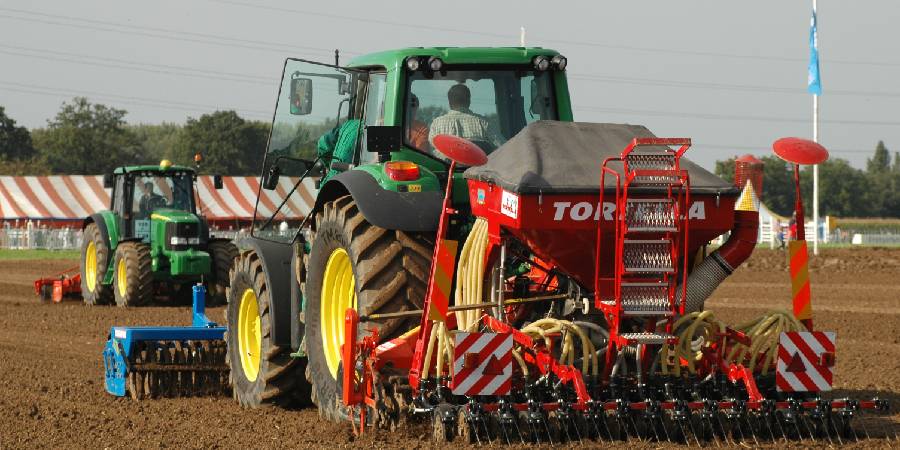
The introduction of the seed drill marked a notable step towards employing more mechanized and technologically advanced methods in agricultural practices. This wasn’t simply a change in technique but a shift towards a more systematic and reliable way of seeding.
The seed drill offers a scalable solution that addresses the variability and unpredictability of manually scattering seeds. This ensures that every seed has the best possible start, optimizing germination and growth opportunities and enhancing the eventual harvest.
How Does the Seed Drill Work
The way a seed drill works is both interesting and straightforward, giving seeds the perfect start for growing into healthy plants. Let’s break down this process into simple steps for a better grasp.
Adjustment Phase
First up, it’s all about getting the seed drill ready for the job. Different seeds need different things—like how deep they should go into the soil and how much room they need to grow. So, the person using the drill tweaks its settings for the depth, spacing, and how many seeds it’ll plant.
This ensures every seed has its own little space and enough goodies from the soil to grow well.
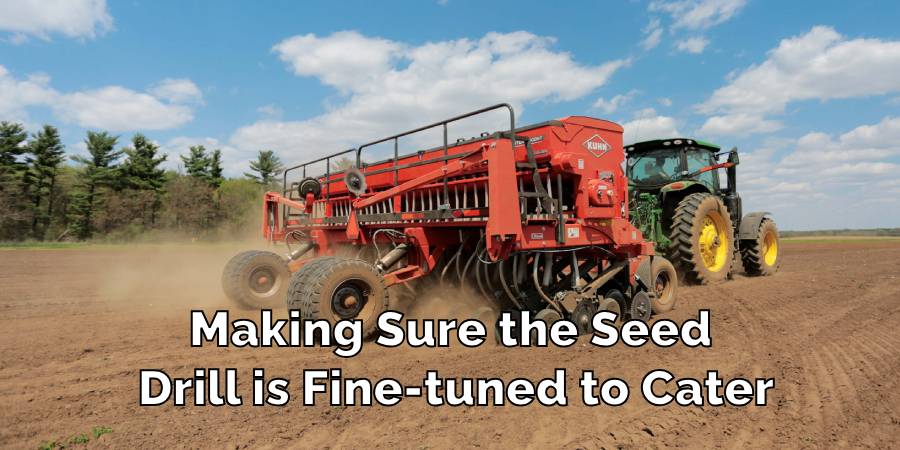
Loading of Seeds
Next, the seed hopper gets filled up with seeds. This step is crucial because using clean, high-quality seeds means you’re more likely to end up with strong, healthy plants.
Positioning the Seed Drill
Now, it’s time to line the seed drill up at the start of where you want to plant. This needs a careful eye to make sure the drill is straight so that the seeds get planted in neat rows. This helps later on with taking care of the crops and when it’s time to harvest.
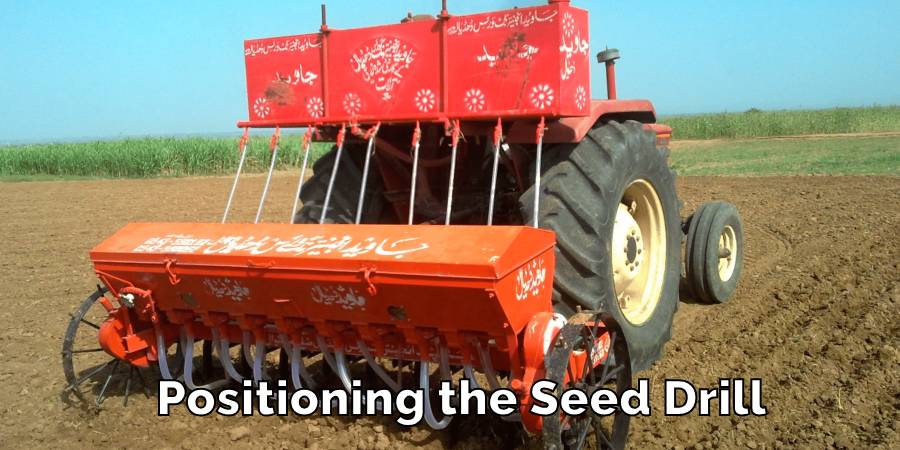
Engagement of Mechanism
With everything set, the seed drill’s seeding mechanism is turned on. This could be by pushing a handle or lever, kicking off the process of getting the seeds from the hopper and ready to head into the soil.
Releasing the Seeds
The seeds move from the hopper down through tubes that guide them neatly into the furrows in the ground. These furrows are made by a part of the drill that cuts into the soil, making a perfect little bed for the seeds.
Covering the Seeds with Soil
Once the seeds are in their furrows, the next step is to cover them back up with soil. The drill has a part, maybe a simple chain or a wheel, that gently moves soil over the seeds, tucking them in.

Compacting the Soil
To make sure the seeds stay put and touch the soil closely (which they need to do to soak up water and food), a wheel on the drill lightly presses the soil down over them.
Continuous Forward Movement
As the seed drill moves across the field, it keeps doing all these steps over and over. It’s like a precise, moving machine, planting each seed just right, all set to grow into a great crop.
So, that’s how a seed drill works. It’s a clever piece of equipment that makes planting seeds not just faster but also more precise, which is great for growing lots of healthy plants.
Types of Seed Drills and Suitable Soils
| Type of Seed Drill | Suitable for Soil Types |
| Disc Drill | Heavy Clay, Loamy Soils |
| Shoe/Coulter Drill | Light, Sandy Soils |
| Pneumatic Seed Drill | Varied Soil Types, Offers Precision Seeding |
| Zero Till Seed Drill | Residual/Leftover Cropped Soils |
| Multi-Crop Seed Drill | Adaptable to Various Soil Types |
| Rotary Seed Drill | Stony, Uneven Soils |
| Dibbler Seed Drill | Well-Tilled, Soft Soils |
Every type of seed drill is made to meet the special needs of different kinds of soil. This ensures that the chosen drill matches exactly what’s needed for the specific farming land and its challenges.
Conclusion
Learning about seed drills shows us a cool mix of new machines and old ways of farming. Even though a seed drill might look like just another piece of equipment, it really helps make planting seeds better and more consistent.
As we keep finding new ways to improve farming, the seed drill will always be a symbol of how we use machines in a careful way, staying deeply tied to the rich, earthy roots of farm work. We have explored how the seed drill works.
You may read also – How Long Should Concrete Be Cured Before Drilling
Can You Use Impact Driver Bits in A Drill
Knowing whether you can swap impact driver bits into a regular drill matters more than…
Can You Drill Into Popcorn Ceiling
Wondering Can You Drill Into Popcorn Ceiling for your next home improvement project? Popcorn ceilings,…
Can You Drill Into Walls in A Rental?
Renting an apartment brings the challenge of personalizing your space within the confines of rules…
Can I Use a 1/4 Drill Bit Instead of 7/32
When you’re elbows deep in a project and suddenly realize the 7/32 drill bit you…
Can You Drill Concrete Without A Hammer Drill
Drilling into concrete requires both precision and the right tools, notably a hammer drill and…
Can You Use Different Brand Drill Bits?
The right drill bit size is crucial for any project, big or small. It’s the…
